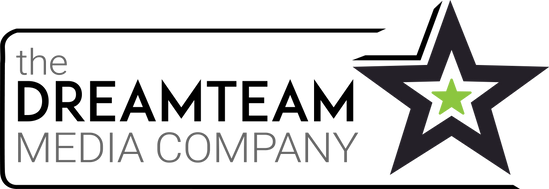By Kendra Brown
Marketing is the art of connecting a business with the public through its products and services. Whether intentional or unintentional, paid or organic, any activity that generates business involves marketing. If you’re prepared to transition from unintentional to intentional marketing, explore the four key areas to focus your time, energy, and resources for maximum effectiveness.
Brand Identity:
Whether you’re a solopreneur starting or a Fortune 500 company with decades of experience, aligning your brand with your business goals and target audience is essential. As the saying goes, “An ounce of prevention is worth a pound of cure.” Defining your brand identity saves advertising dollars and builds brand equity, effortlessly attracting your desired audience. Consider: How do you want people to perceive your brand? Which visual elements reflect your brand identity and evoke the desired emotions? Take the time to define your brand identity in a way that will attract your buyer rather than jolt them into attention when an ad interrupts their media consumption. This will build brand equity where your brand will speak for itself, your customers will evangelize on your behalf, and people will think of you first when your product or service fits their needs. Investing upfront in your brand identity cultivates a loyal customer base and reduces advertising costs in the long run.
Search:
Google, synonymous with online search, commands an 88% market share, making alignment with its standards crucial for success. While Google Ads can enhance visibility, optimizing your website for search results and Google Maps listings is fundamental. Prioritize search by collaborating with your web provider to ensure ongoing optimization. Each online presence, including social media profiles, contributes to your search visibility. Google Ads can be part of your short-term strategy to increase visibility or a long-term strategy to remain competitive in your marketplace. Diversify your online footprint to dominate search results for your brand name.
Social Media:
While certain platforms may suit your business better than others, your marketing strategy can encompass multiple channels without stretching your budget or efforts thin. Instagram and Facebook offer simultaneous posts, and TikTok videos can be reused on Instagram, Facebook reels, and YouTube Shorts. You don’t have to post multiple times daily to remain relevant and visible. Remember: Consistently good quality in content is better than consistently mediocre or bad quantity of content. Recognize that younger demographics use social media as a search tool, directing your efforts accordingly. Tailor your content to each platform’s algorithm and explore influencer partnerships to amplify your reach.
Website Optimization:
In an era of prioritizing user privacy, website optimization is paramount. Stay abreast of evolving digital landscapes and privacy standards, proactively updating your website to reflect these changes. Don’t assume your web service provider is addressing these concerns—open communication ensures alignment with your business objectives. Treat your website as potential customers’ first point of contact, offering intuitive navigation, fast mobile loading times, and compelling content that leaves a lasting impression.
While these are our top four areas to prioritize in your marketing strategy, we encourage you to consider traditional media (radio and television) and below-the-line marketing (direct mail, signs, car wraps, etc.). With a complete analysis of your target buyers and where they consume media the most, you can strategize and allocate optimally to keep your sales funnel full, and customers nurtured for loyalty.

